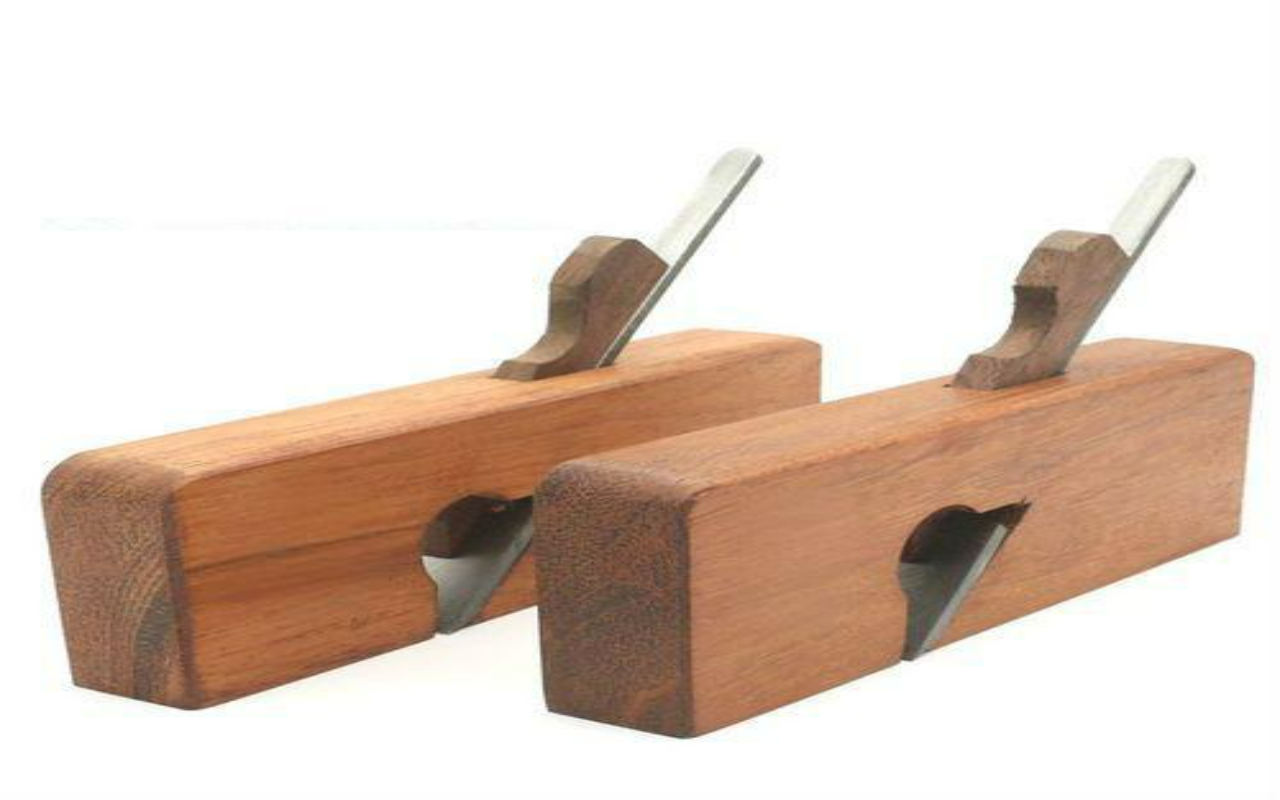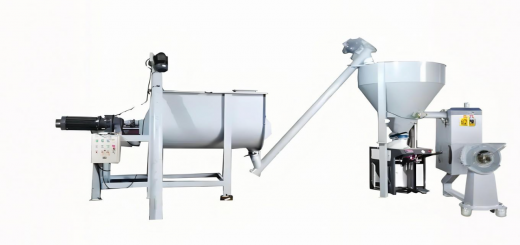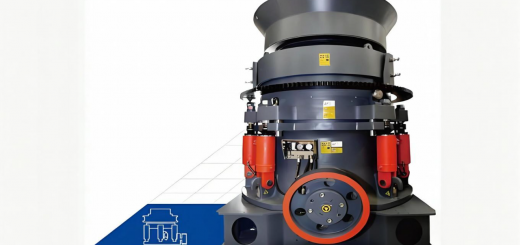Wood Planer: Precision Thicknessing and Smoothing for Dimensional Lumber

What is a Wood Planer?
A wood planer is a machine that uniformly reduces board thickness and creates smooth, parallel surfaces. Critical for milling rough lumber into finished dimensional stock.
Types of Wood Planers
- Thickness Planers
- Adjustable cutting heads plane boards to exact thicknesses (±0.1mm).
- Jointers
- Flatten one face before thicknessing (often used in tandem).
- Portable Planers
- Compact units for job-site lumber milling.
- Industrial Planers
- Handle wide boards (up to 1m) and high volumes.
Key Advantages
- Consistency: Produces uniform boards for joinery and construction.
- Material Recovery: Salvages warped or rough-sawn timber.
- Speed: Planes 10–30 linear meters per minute.
Applications
- Carpentry: Doors, windows, and moldings.
- Flooring: Prepares tongue-and-groove planks.
- Timber Framing: Squares beams for post-and-beam construction.
Operation Workflow
- Board Inspection: Check for nails or debris.
- Depth Setting: Adjust planer height for desired thickness.
- Feeding: Push boards through steadily (use feed rollers for industrial models).
- Post-Processing: Sand lightly to remove tool marks.
Maintenance Tips
- Lubricate feed chains monthly.
- Replace knives when cuts become ragged.
Technological Advances
- Helical Cutterheads: Carbide inserts last longer than straight blades.
- Digital Thickness Gauges: Ensure precision without manual measurement.






